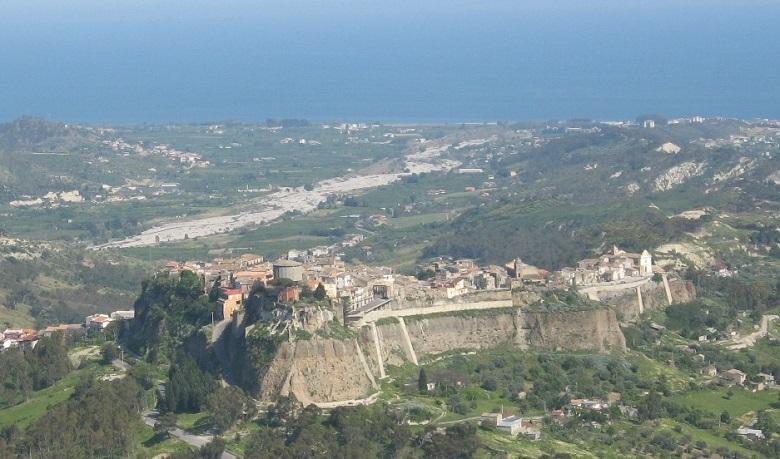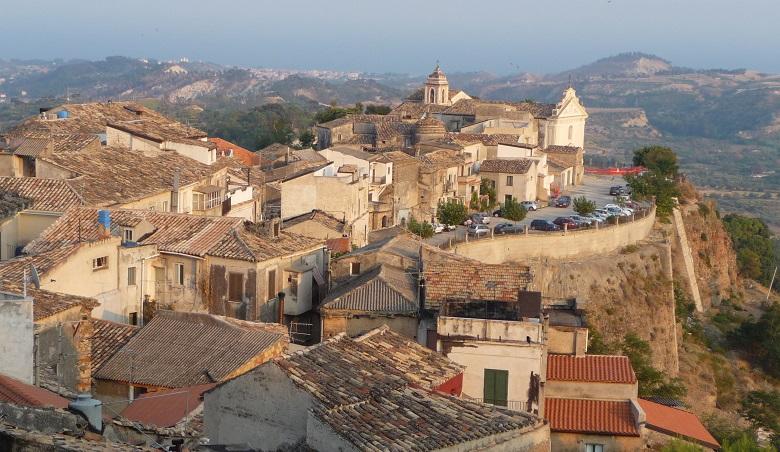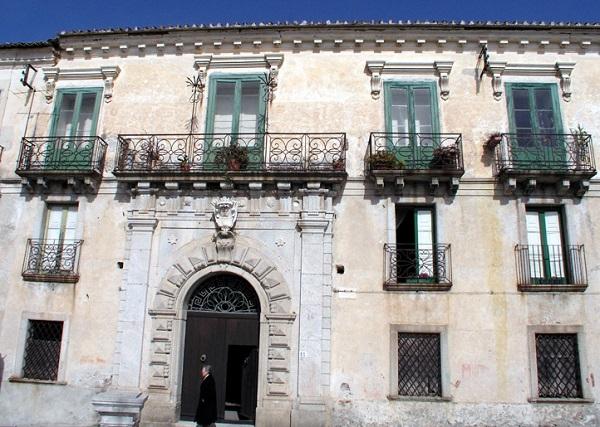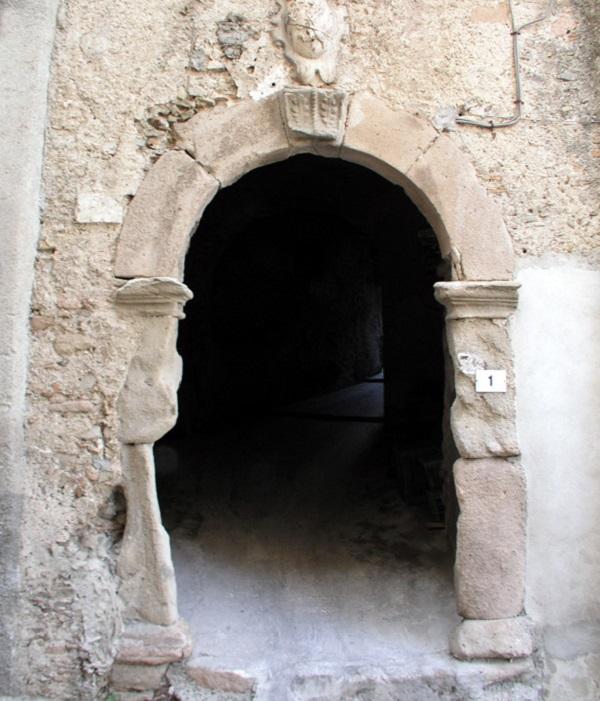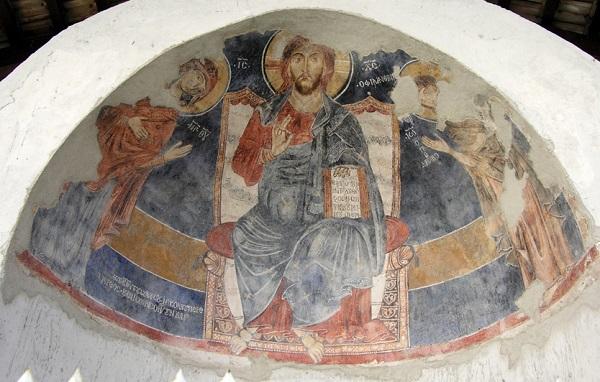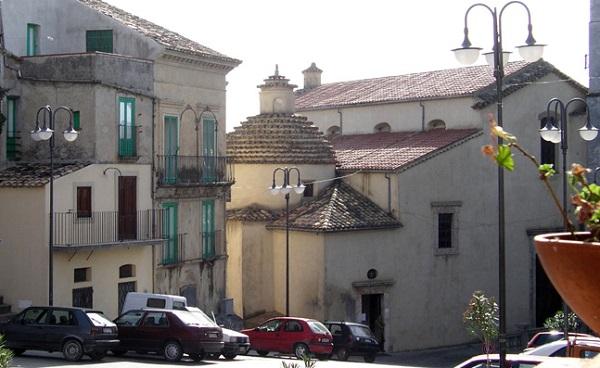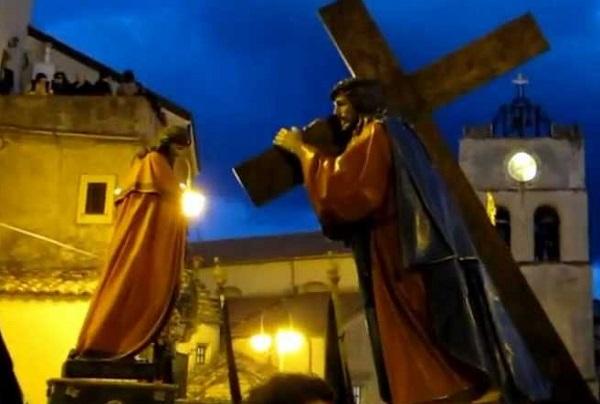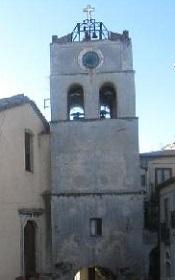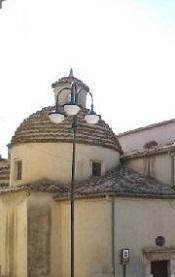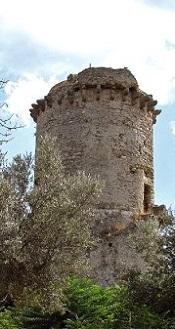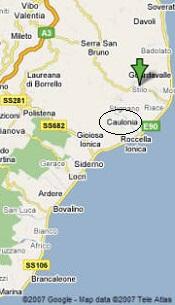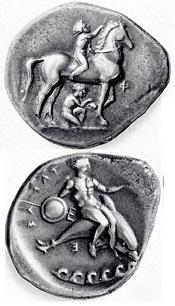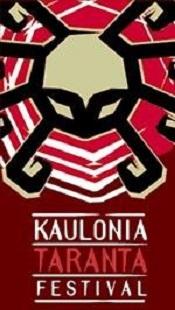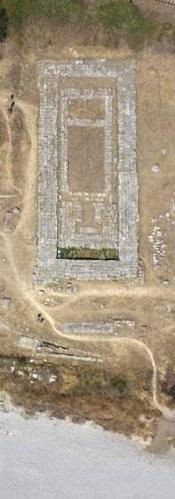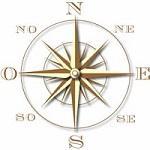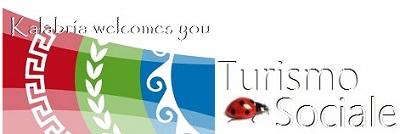Caulonia
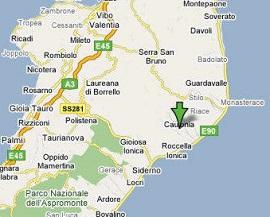
Caulonia, in the province of Reggio di Calabria, is a made up of the old historic village 10 Km inland and the rapidly expanding Caulonia Marina on the SS 106.
The town was known as Castelvetere until 1862 at which time regained the name Caulonia, following Calabria's integration with Italy during the Italian unification.
For 5 days in 1945 Caulonia became known as the "Red Republic of Caulonia".The short lived republic was the product of a peasant revolt led by Pasquale Cavallaro,
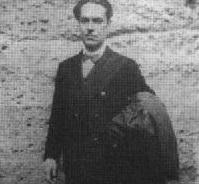
against abusive landowners.
When the uprising was ultimately crushed, which required a military operation involving both Allied and carabinieri units, 350 Red Cauloniesi were put on trial in nearby Locri for sedition.
Most were ultimately pardoned, but Cavallaro himself served eight years in prison.
During the early 20th century, thousands of Cauloniesi migrated abroad.
|
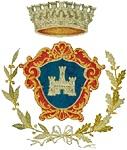 The old village is rich in history and culture with a fairly well preserved medieval centre. The old village is rich in history and culture with a fairly well preserved medieval centre.
Built on three hills, it was founded during the Second Punic War by what is believed, Greek Achaean, the inhabitants of ancient Caulonia, part of Magna Graecia.
In 200 BC the town was completely destroyed by the Romans, when it sided with Hannibal during the Punic Wars.
Excavations have uncovered precious remains, including a Doric temple to Apollo from the 6th-5th century BC, various edifices and a large necropolis. It was probably around this time that the ancient site of Caulonia, directly on the Ionian coast, was abandoned in favor of a more protected site inland.
The old village is rich in history and culture with an interesting and fairly preserved medieval centre.
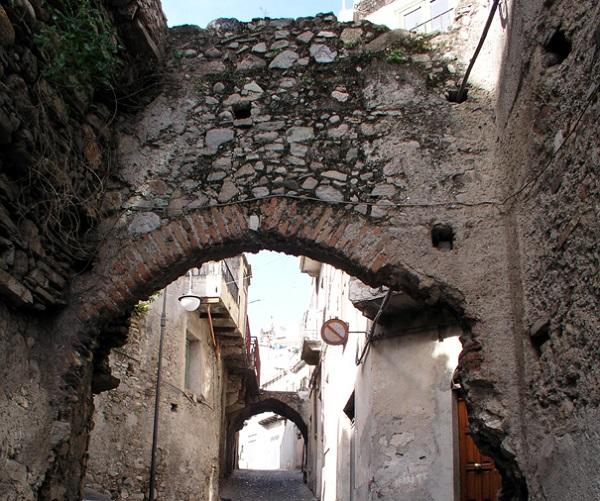 The ruined castle is situated in the highest part of the town.
The ruined castle is situated in the highest part of the town.
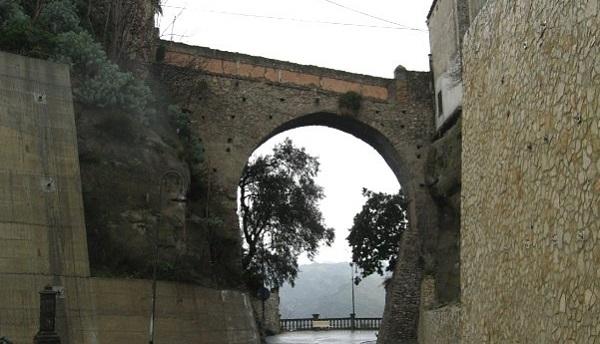
In the remaining apse of the destroyed church of St. Zaccaria (St Zachary) there is a beautiful 13th century fresco of Christ the Almighty. The fresco is one of the few examples of that artistic heritage "that many centuries of Eastern monasticism have produced and accumulated in Calabria, especially after the year 1000 BC.
It was almost completely destroyed by the cataclysmic earthquake of 1908; Leftovers of the original building, which dates back to Norman times, presents the typological and stylistic vein of Byzantine architecture. The church became a parish in 1560.
The main church (Chiesa Matrice also called the Cattolica), is dedicated to SS. Assunta.
It was founded in the Middle Ages and rebuilt in the Renaissance period (1513) according to Marquis D. Vincenzo Carafa.
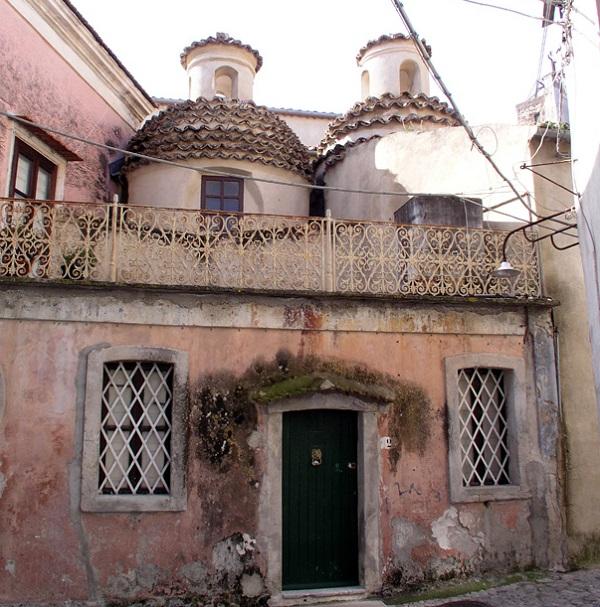
It contains the monumental tomb of the Marquis in addition to altars and religious objects from the 17th century and the church of the Immaculate Conception has a beautiful statue of the Madonna (18th century) while the church of san Leo has been restored and is used for exhibitions.
The most important religious event is the procession of the so called "Caracolo" on Easter Saturday,with a procession of eight 'varette', statues, representing the Passion.
|
SS. Maria Assunta
Main church
Exteriors
Palazzo Asciutti
Hyeraci
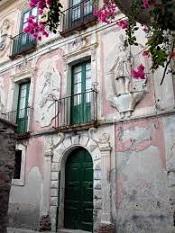
The old village and the sea...
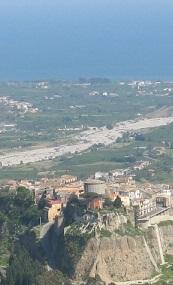 Caulonia Marina
Caulonia Marina
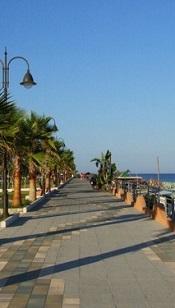
In the Casigli area there is the well preserved Camillara Tower, a watchtower which was part of the coastal defensive system.
Nearby there is the archeological area in which settlements dating back from the 5th century BC has been found.
It is believed that following the destruction of the city at the hands of the Romans, some of the inhabitants moved further inland to found Caulonia and others went on to found Stilida, today known as Stilo.
The archaeological area of Caulonia is located near Punta Stilo, shortly before Monasterace Marina which has brought to light important finds of ceramics, coins and jewels.
~Musical Event~
The Kaulonia tarantella festival. A wonderful opportunity for all lovers of good music, a true popular phenomenon able to bring together and involve thousands of people every year.
Ruins of a Doric temple at the site of ancient Caulonia.
|
|
Along the SS106 at Monasterace Marina there are the impressive ruins of a Doric style temple base from which a beautiful mosaic portraying a sea monster was found and which can be seen in the National Museum of Reggio di Calabria.
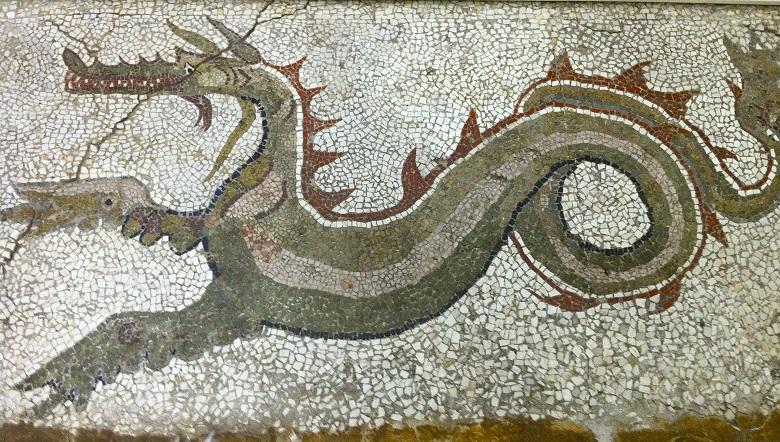 |
La vetrina ideale per promuovere i vostri prodotti e servizi sul mercato Nord Americano ma che potrebbe essere un punto di visibilità anche nei vari mercati internazionali.
AZIENDE - PRODUTTORI - STRUTTURE RICETTIVE - GUIDE TURISTICHE - TOUR OPERATORI
Ai nostri visitatori piace il Sud Italia, vuoi dire loro qualcosa?
Il nostro obiettivo e' quello di promuovere prodotti tipici del Sud in un contesto di marketing globale, e allo stesso tempo proporre
il nostro Meridione come alternativa turistica, ben consapevoli che il successo dell'uno è essenziale per il successo dell'altro.
Paesi di provenienza dei visitatori in ordine numerico
Stati Uniti - Canada - Italia - Gran Bretagna - Australia - China - Germania - Francia - Nuova Zelanda - Olanda
Coloro interessati ad inserire la loro attivita'/azienda/ nel sito
sono pregati di mettersi in contatto usando il modulo sottostante .
Per saperne di piu'...

|


